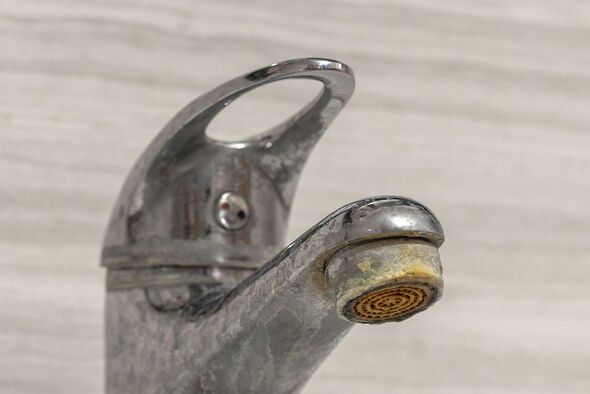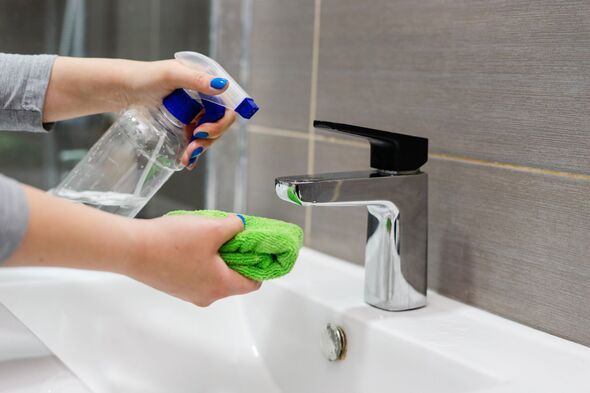

forms a hard, white, chalky calcium carbonate buildup on frequently used surfaces like taps, , and .
Living in an area with hard water makes you more likely to find limescale build-up in your bathroom or kitchen appliances.
While the substance is not dangerous, it can look unsightly. It can also interfere with the performance of your taps, pipes and shower heads, leading to blockages and reduced water pressure over time.
Fortunately, experts at have recommended a budget-friendly hack to keep taps" gleaming without the use of harsh chemicals".
While is a go-to for many struggling with limescale, Charlotte Hughes, a cleaning expert at Plumbworld urged households to avoid using it on taps. She said: "Avoid using harsh chemicals like vinegar on finishes such as brushed brass, matte black, or chrome."

Instead, the pro advised using lemon juice, arguing, "Although lemon juice is also acidic, it's gentler. Just ensure the solution sits for no longer than two minutes to protect the integrity of the surface."
Explained why lemon juice is "so effective", Charlotte said: "Lemon juice is rich in , which naturally breaks down limescale without damaging your taps or fixtures.
"It's a quick, effective solution that not only clears the deposits but also leaves your taps looking refreshed and shiny.
"Citric acid reacts with the calcium carbonate in limescale, dissolving it into a soluble form that's easy to rinse away. Unlike harsher chemical cleaners, lemon juice is safe for most fixtures and environmentally friendly."

For the "best results" there are five steps to follow to "harness the power of lemon juice for limescale removal".
To create the solution, mix 75 percent lemon juice with 25 percent water in a small bowl or spray bottle.
Soak a soft sponge or cloth with the mixture and gently wipe it over the limescale-affected areas, ensuring full coverage.
Allow the solution to rest on the surface for about two minutes - this gives the citric acid time to "break down the limescale".
Use warm water to rinse the area, washing away the dissolved limescale. For the last step, wipe the area dry with a microfibre cloth. This step "adds shine and prevents new limescale from forming" by removing excess moisture.
For "more stubborn limescale", repeat the process or apply undiluted lemon juice directly to the affected area.